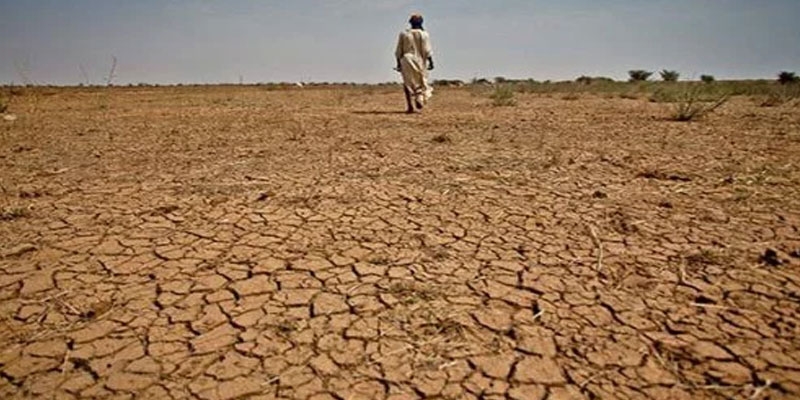Responding to Climate Change with Climate Science in Kenya

Kenya, like many other climate vulnerable countries around the world, has experienced natural disasters and extreme weather at an alarming rate and immense intensity. The impacts of climate vulnerability and natural disasters disproportionately affect the infrastructure and resilience of a country like Kenya. As rainfall during the rainy season remains low over many years, the country becomes much more vulnerable to extreme weather.
Climate science can be used to better the outcomes and save lives in climate vulnerable countries. By measuring the likelihood of an extreme weather event, nations are able to prepare for the future. This climate science assessment can be utilised to see how vulnerable a population is to an extreme weather event, and what protocols need to be put in place to improve the projected outcomes.
According to a recent report from the International Centre for Humanitarian Affairs, climate scientists have been able to assess the connection between climate change and lessened rainfall in the drought-stricken country. The north western and south eastern regions of Kenya were the focus of the study as they have historically faced drought more frequently than the other areas. The findings showed that there was not a strong direct link between lessened rainfall and climate change, but a connection was found between rising ocean surface temperatures and lessened rainfall.
The report concluded with recommendations to increase investment into early warning systems framework that is coordinated with early action by the government. Read the full report “Raising Risk Awareness: Using Climate Science for Disaster Risk Management”
Join the discussion on lessons learned from the recent drought crisis in Kenya and sub-Saharan Africa at the 3rd annual Aid and Development Africa Summit on 27-28 February 2018. Humanitarian and development leaders, decision makers and advisors will examine disaster response activities to recent drought emergency in the region, identifying new best practice, challenges, possible solutions and what can be done better next time. The Summit will provide an opportunity to look into policy and project updates, innovation and partnerships to improve Africa’s drought response and humanitarian aid coordination.
Image source: India Live Today








